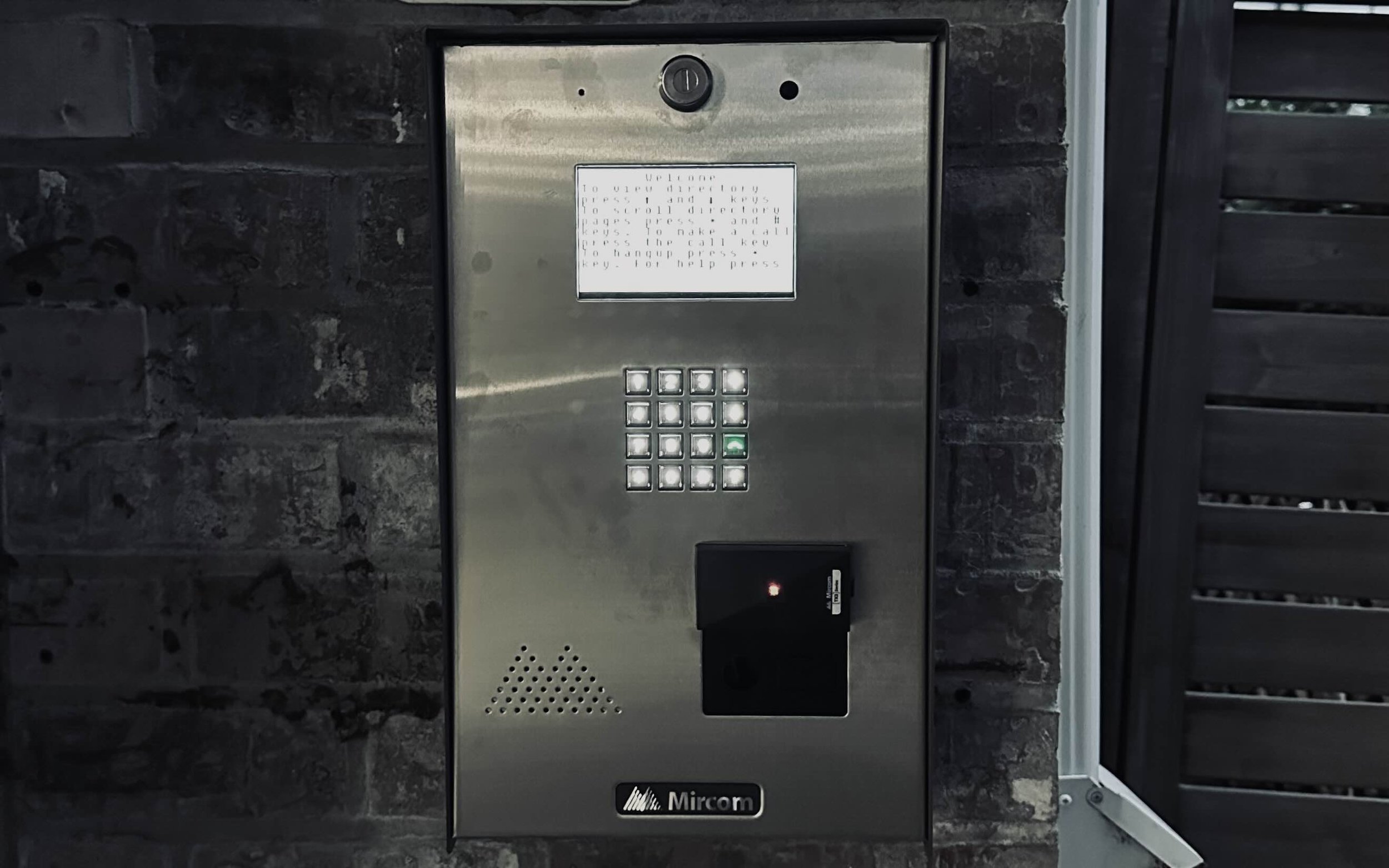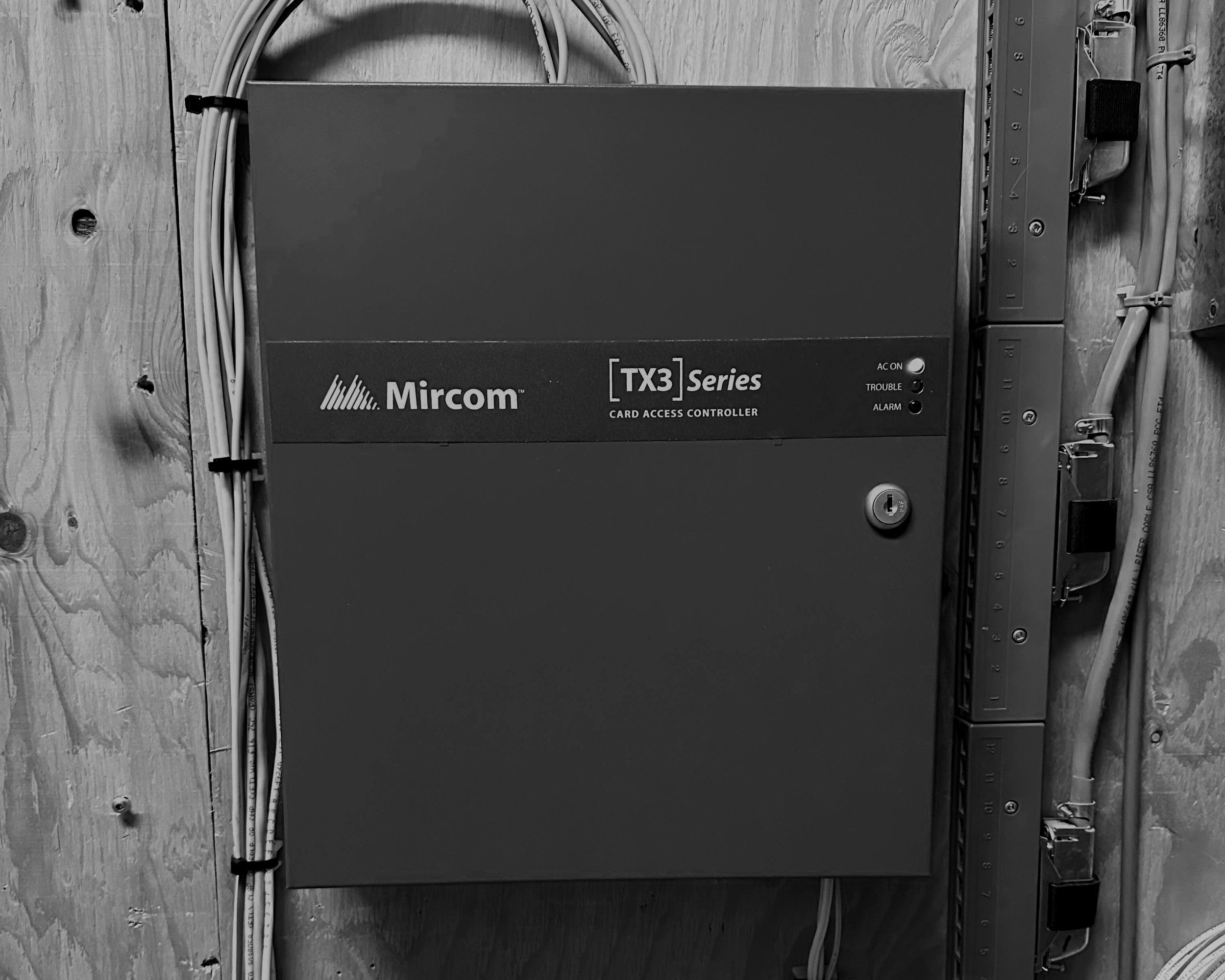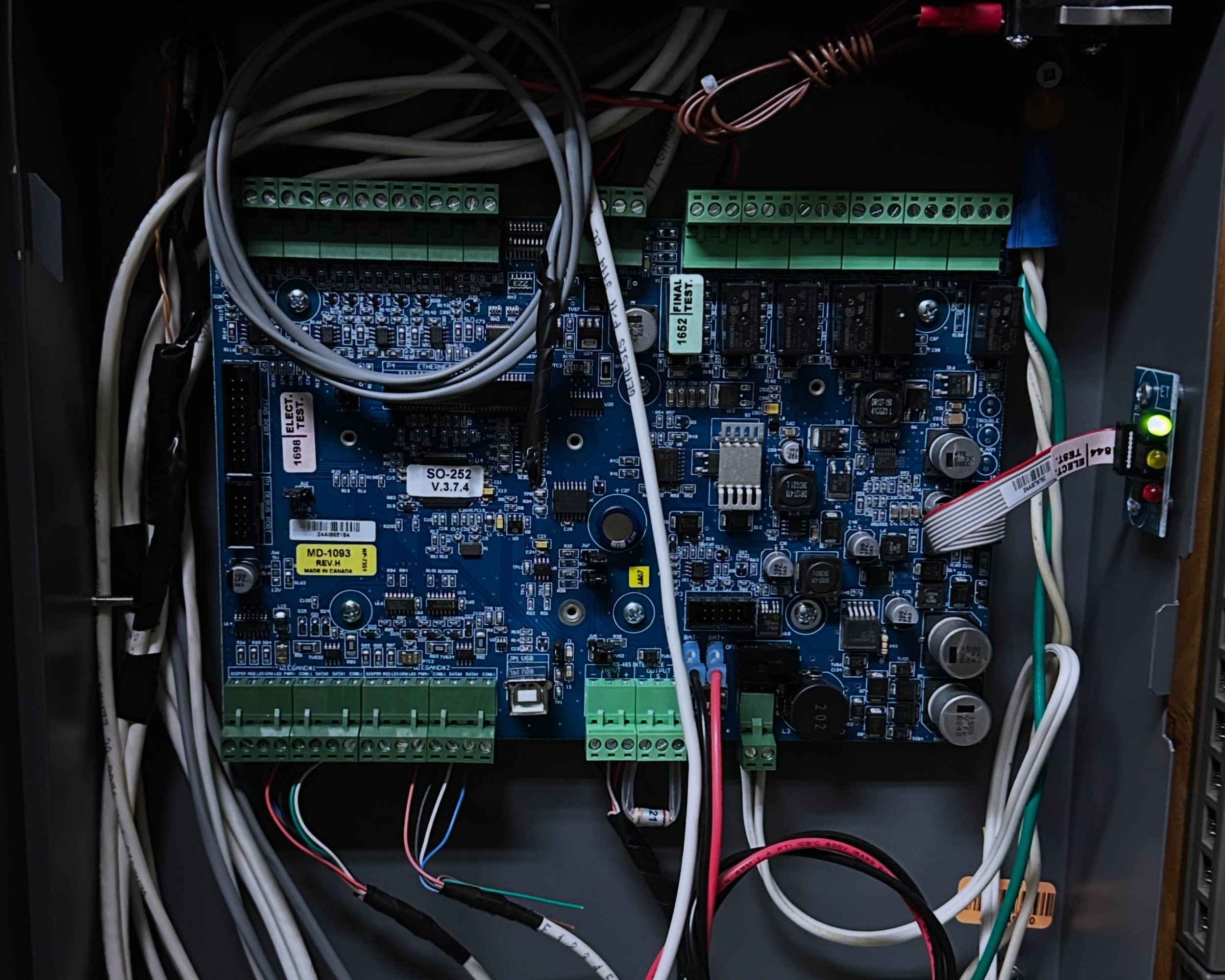Mircom VS Linear - Intercom Comparison
Mircom vs. Linear Intercoms: Why Mircom Comes Out on Top
When it comes to securing multi-unit residential and commercial buildings, the right intercom system isn’t just a convenience—it’s a cornerstone of access control and occupant safety. Among the big players in the intercom world, Mircom and Linear are both popular names, but when you dig into the details, Mircom consistently comes out ahead in features, reliability, and long-term value.
Let’s break it down:
1. System Design and Build Quality
Mircom intercoms are engineered with longevity in mind. Whether it’s their rugged TX3 Series or modular touch-screen units, Mircom puts serious thought into both the functionality and durability of their products. Their stainless steel construction and weather-resistant designs make them ideal for high-traffic or outdoor installations.
Linear, on the other hand, tends to prioritize cost-efficiency, which can come at the expense of long-term performance. Their intercoms often feature plastic housings and more dated aesthetics—fine for basic applications, but not ideal for modern, high-use environments.
✅ Advantage: Mircom – Better construction, better looks, longer lifespan.
2. Integration Capabilities and Access Control
One of the biggest strengths of Mircom systems is how effortlessly they integrate with access control. Whether you're managing key fobs, card readers, or mobile credentials, Mircom makes it easy to tie your intercom system into a complete building access solution. Their TX3 platform supports seamless connection with door strikes, elevator control, garage gates, and more—making it a powerful all-in-one system.
Linear, while it does offer basic access control options, doesn't have the same level of flexibility or scalability. It's more of a bolt-on than a truly integrated solution, which can lead to limitations if you're planning to scale up your security infrastructure later.
✅ Advantage: Mircom – Built for smart, scalable access control integration.
3. User Experience
Mircom's user interfaces—from keypad entry to touchscreen directories—are modern and intuitive. Their TX3 Touch Series provides a premium experience with features like voice prompts, searchable directories, and video calling to smartphones.
Linear’s systems are functional but often feel dated by comparison. The experience is more transactional and lacks the polish that residents and visitors have come to expect in modern buildings.
✅ Advantage: Mircom – Smoother, more professional user experience.
4. Support and Documentation
Mircom has robust technical support, comprehensive documentation, and readily available parts across North America. That means faster repairs, easier installations, and less downtime if something goes wrong.
Linear’s support and availability can vary depending on your region and distributor, and while their systems are relatively simple, support often requires more effort to track down.
✅ Advantage: Mircom – Better support, better uptime.
5. Future-Proofing and Scalability
Mircom is clearly investing in the future, with cloud-connected systems, app integrations, and scalable solutions that can grow with a building’s needs. You’re not just buying a door buzzer—you’re investing in a platform.
Linear, while steady, doesn’t offer the same level of forward compatibility or expansion. It’s a solid choice for static environments, but less ideal for properties that plan to expand or evolve.
✅ Advantage: Mircom – Designed to grow and evolve with your building.
Final Thoughts: Why Choose Mircom?
Linear intercoms may work for small-scale or budget-focused projects, but if you're looking for a system that delivers professional-level features, future-ready integrations, and smooth access control management, Mircom is the clear winner.
From its rugged build quality and sleek interface to its plug-and-play access control options, Mircom delivers the kind of performance and peace of mind that building managers and owners can rely on.





